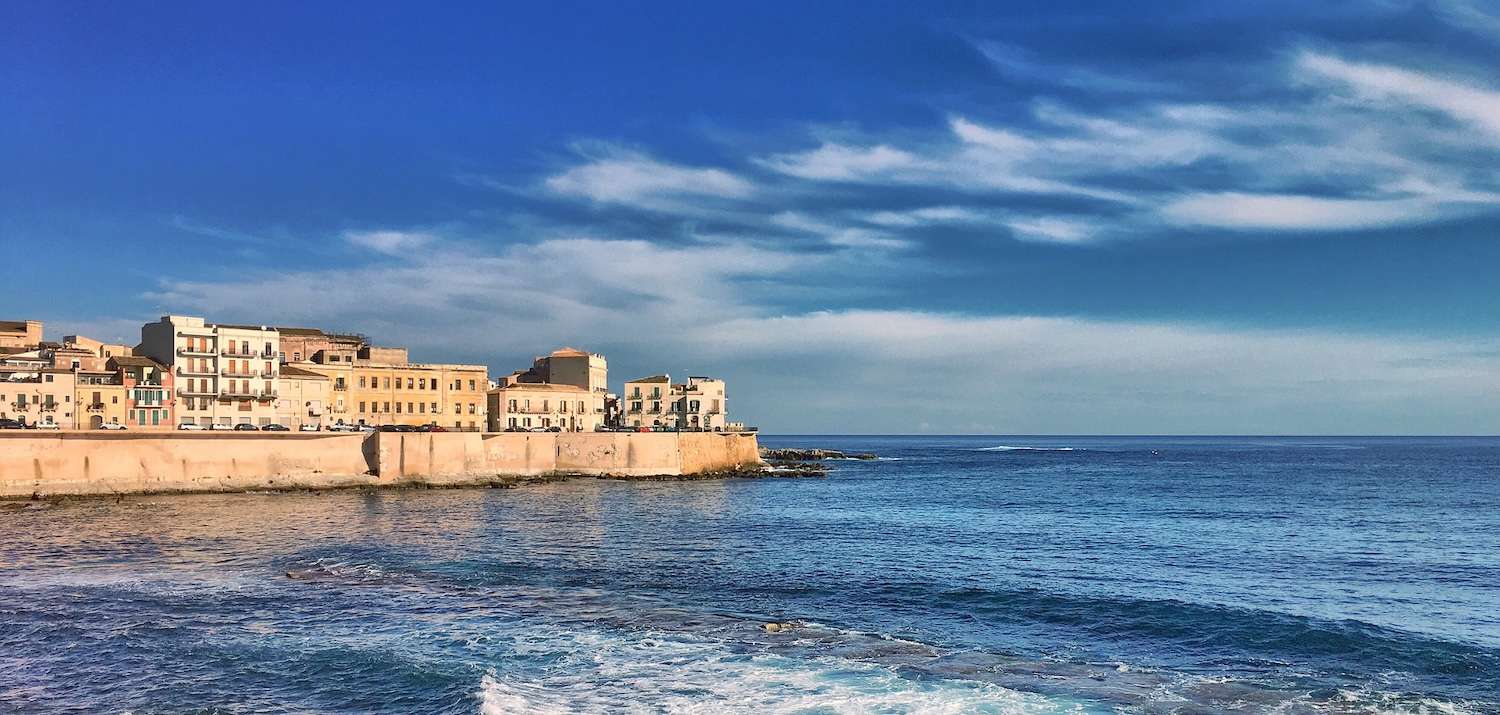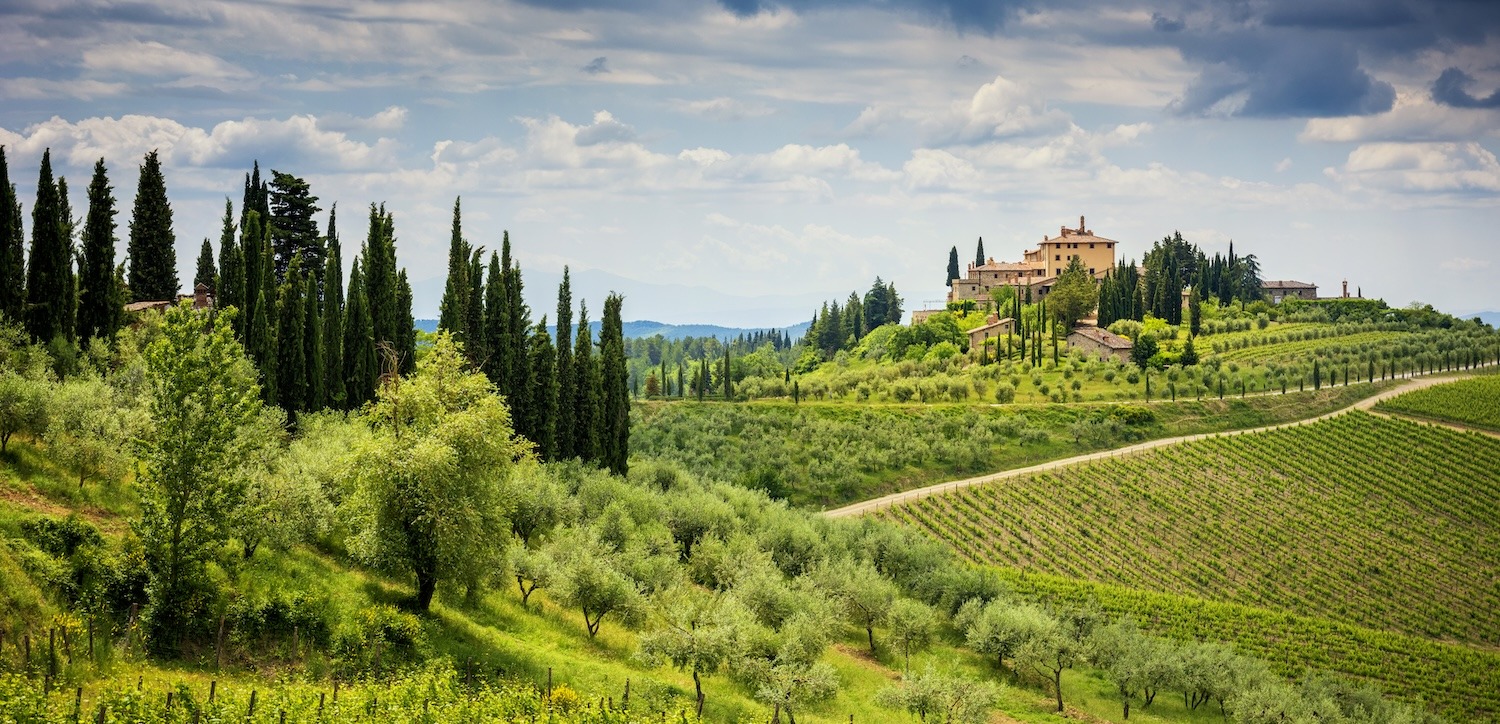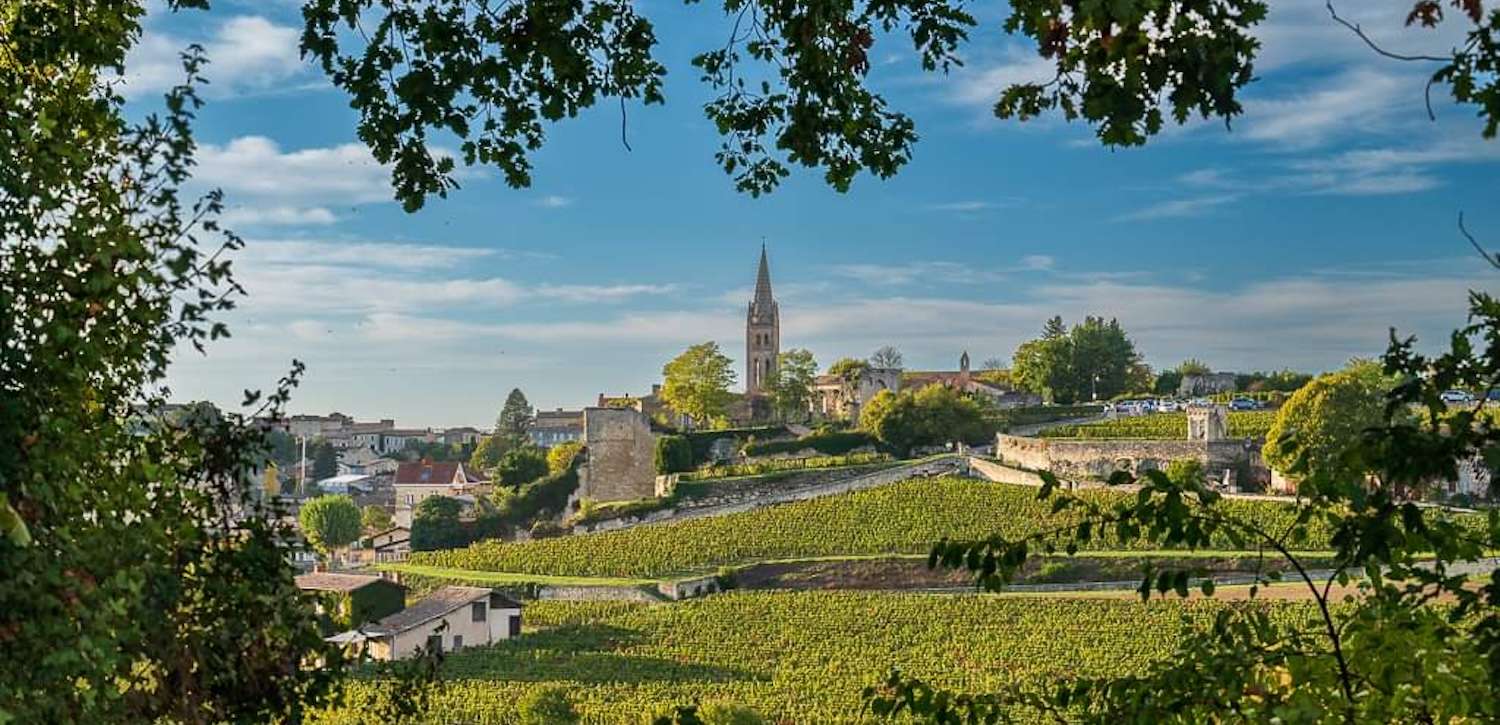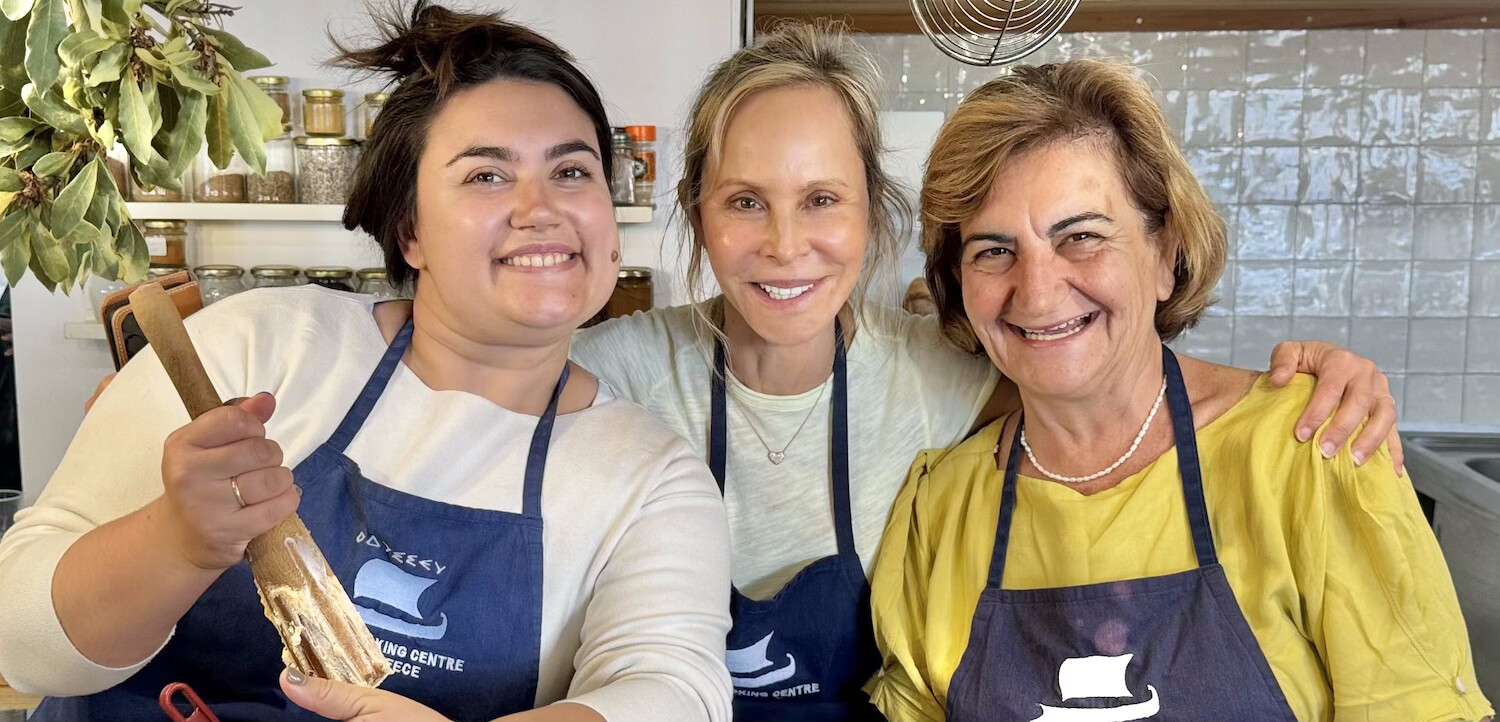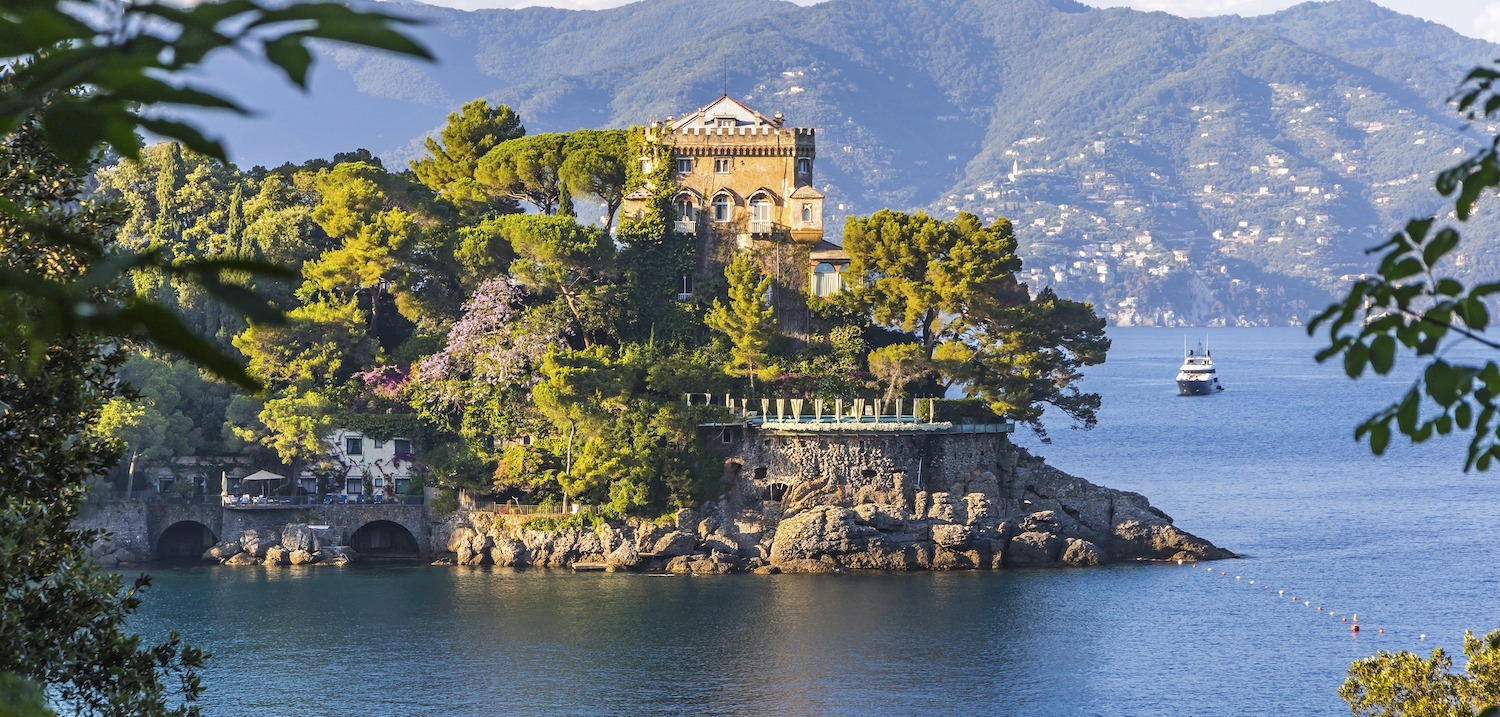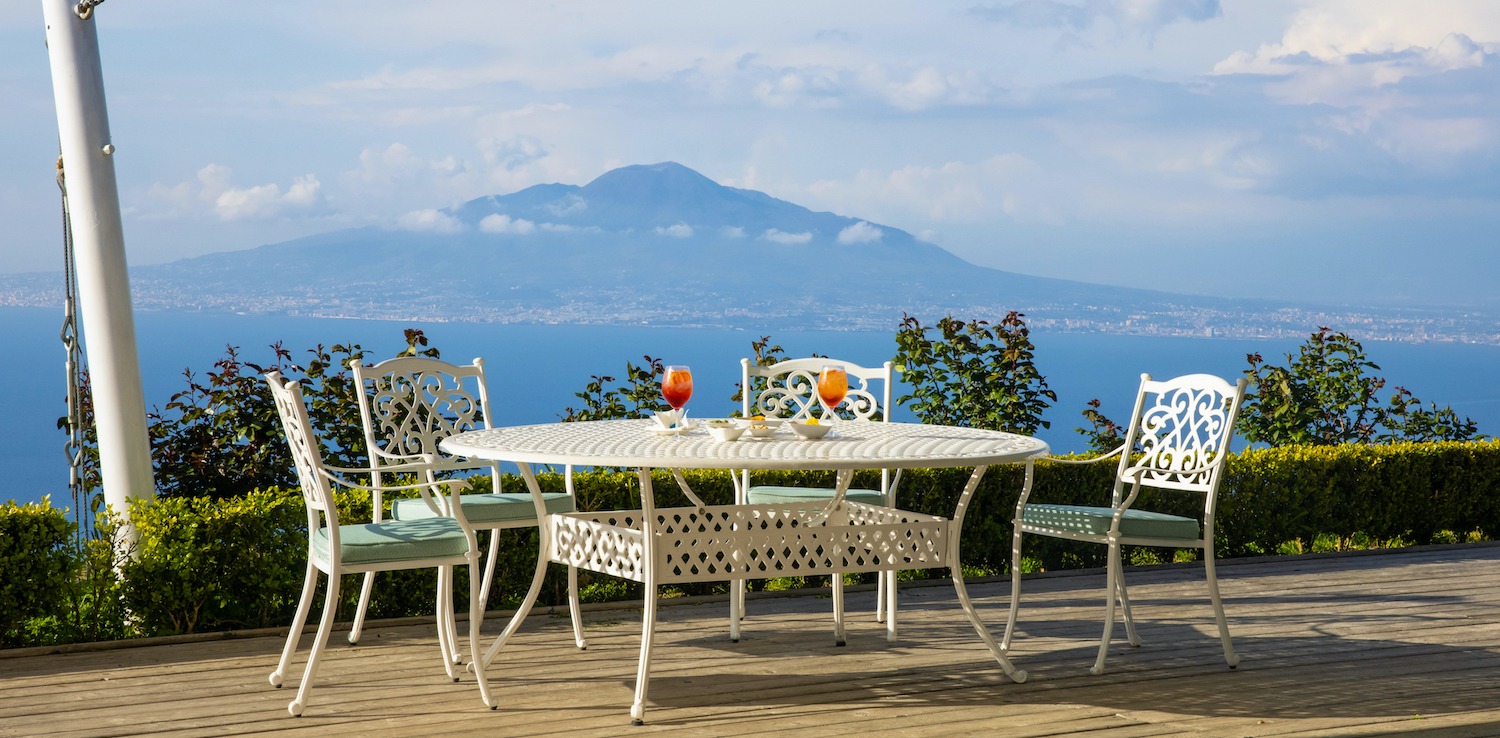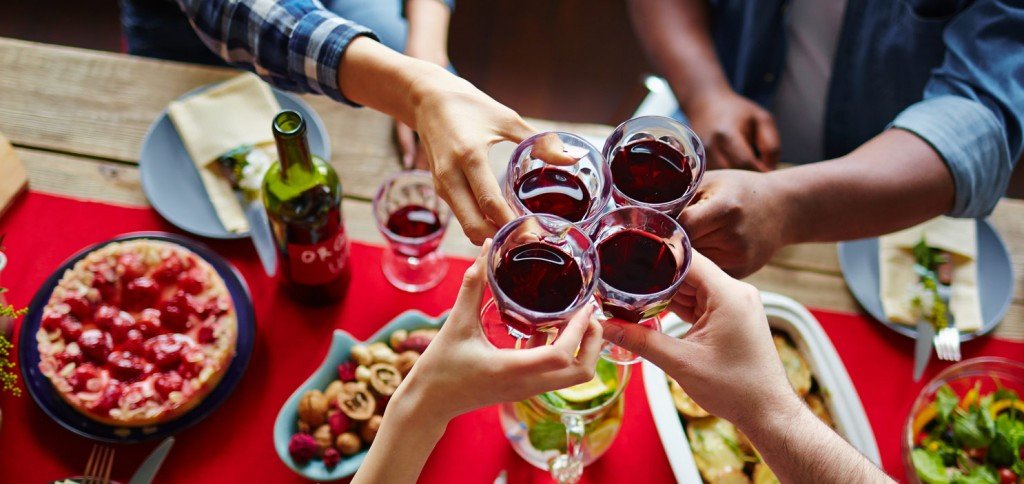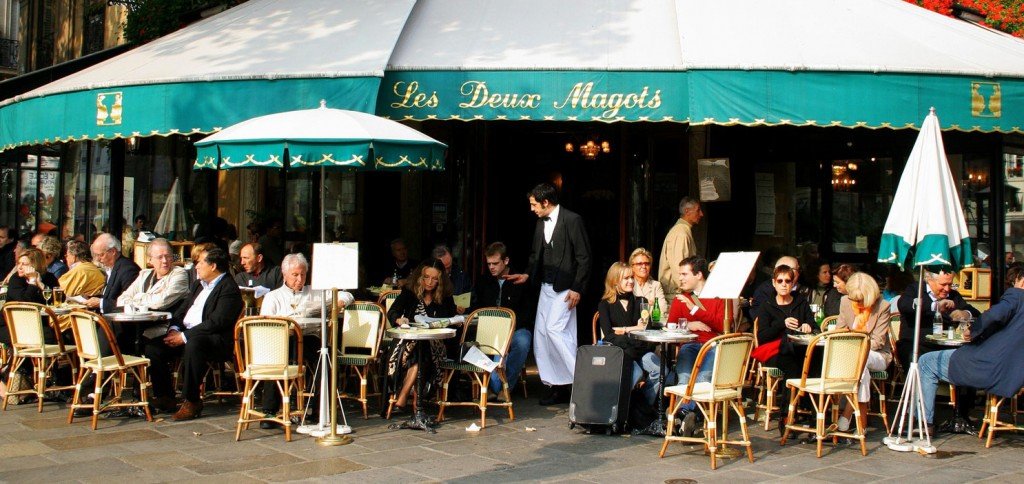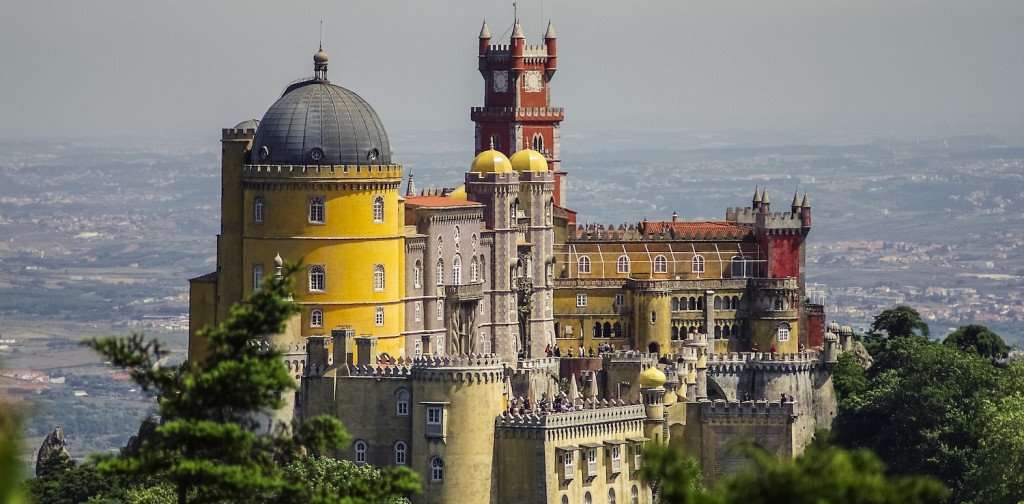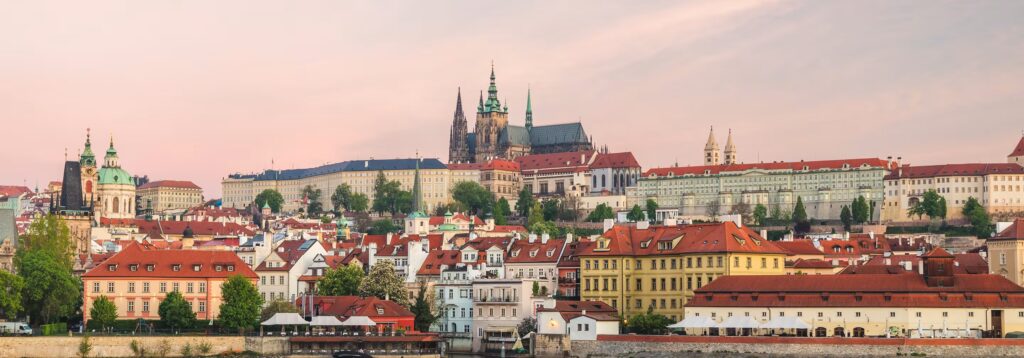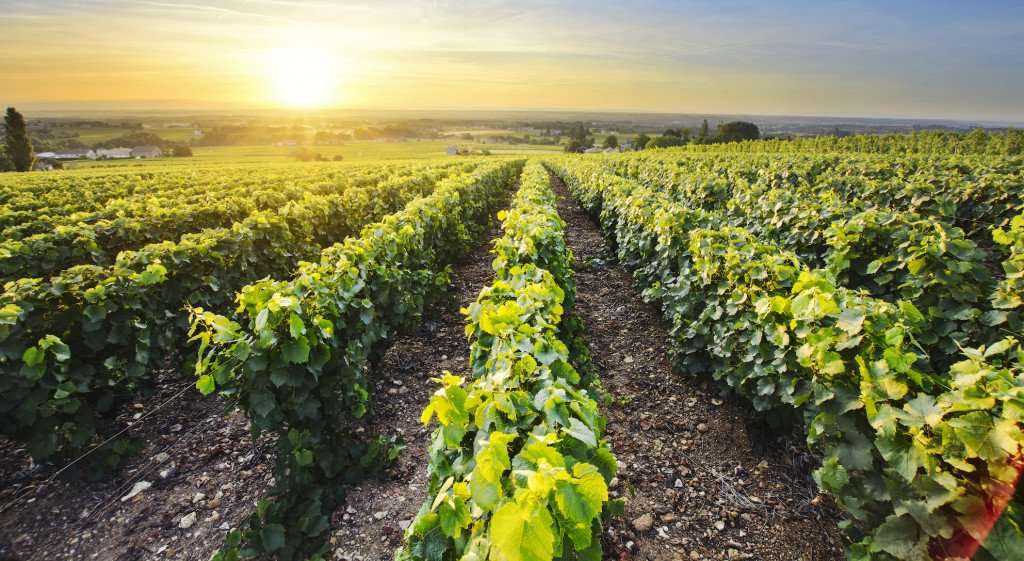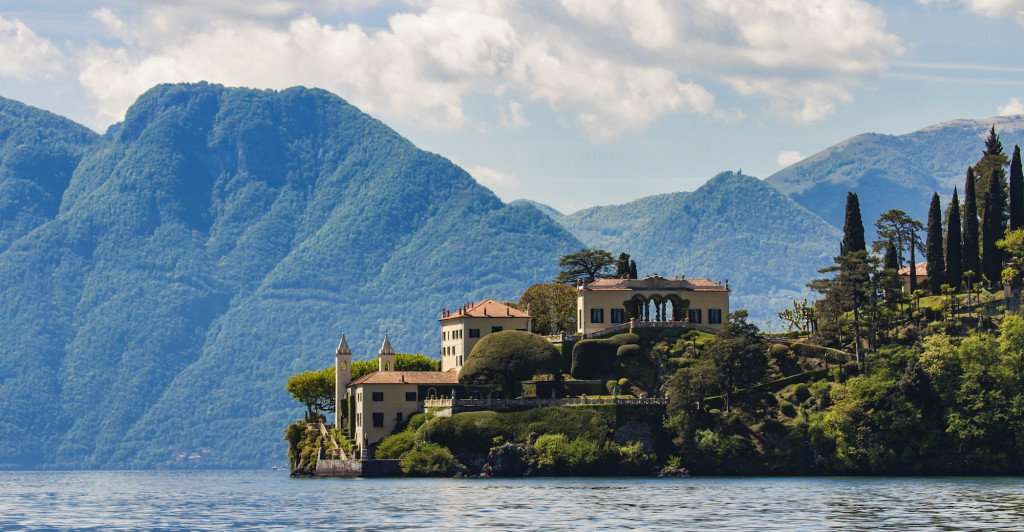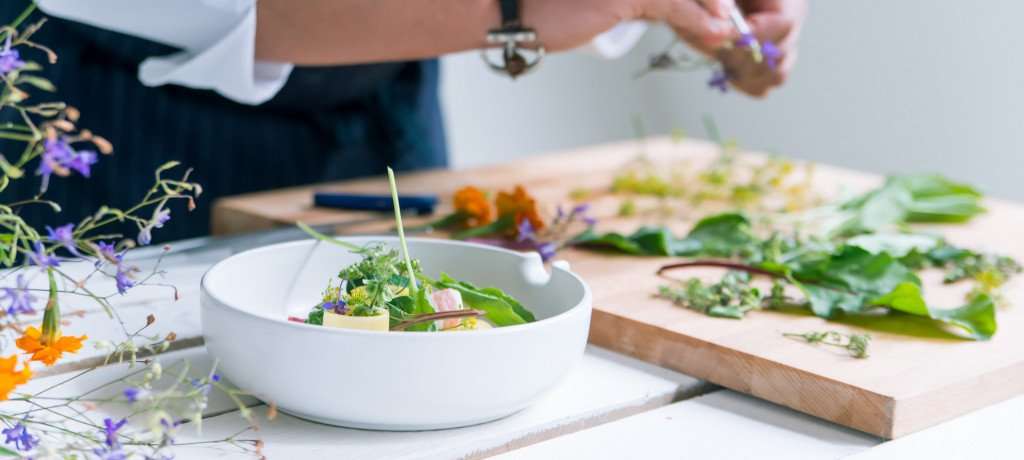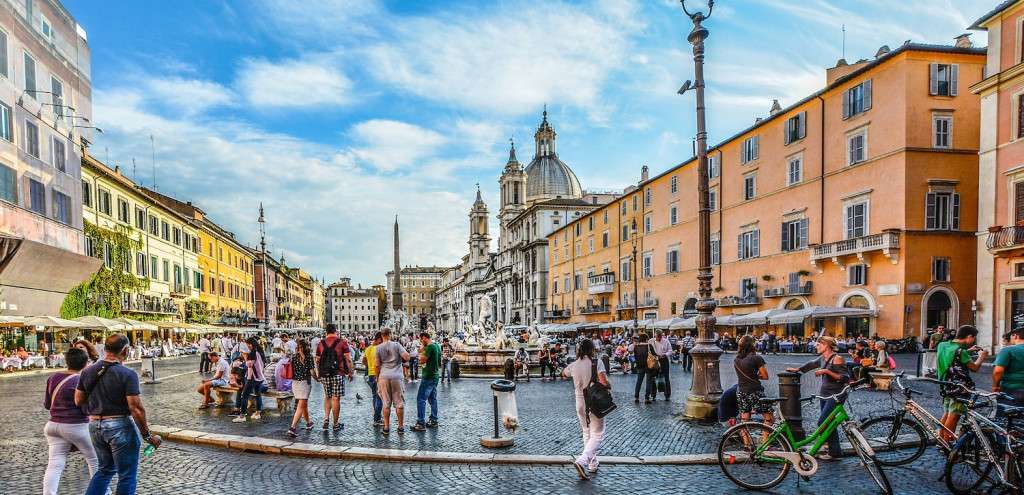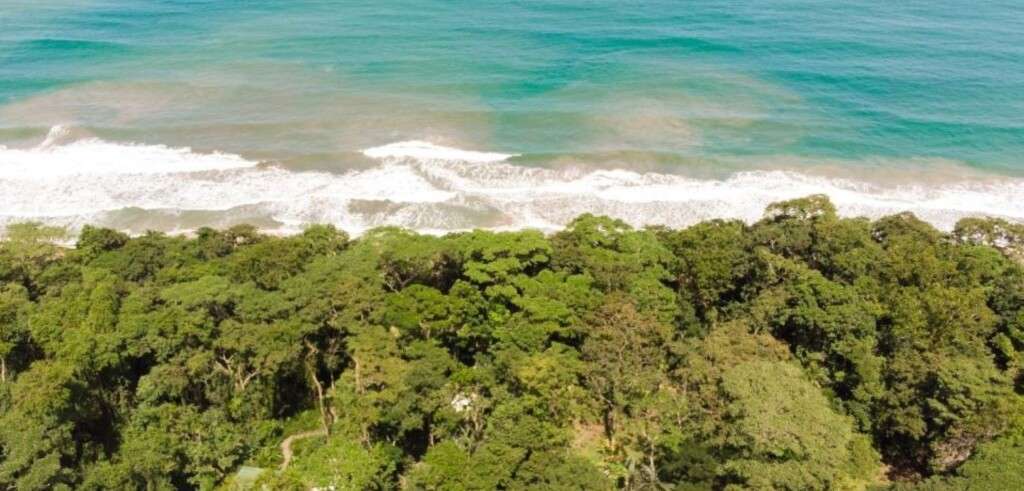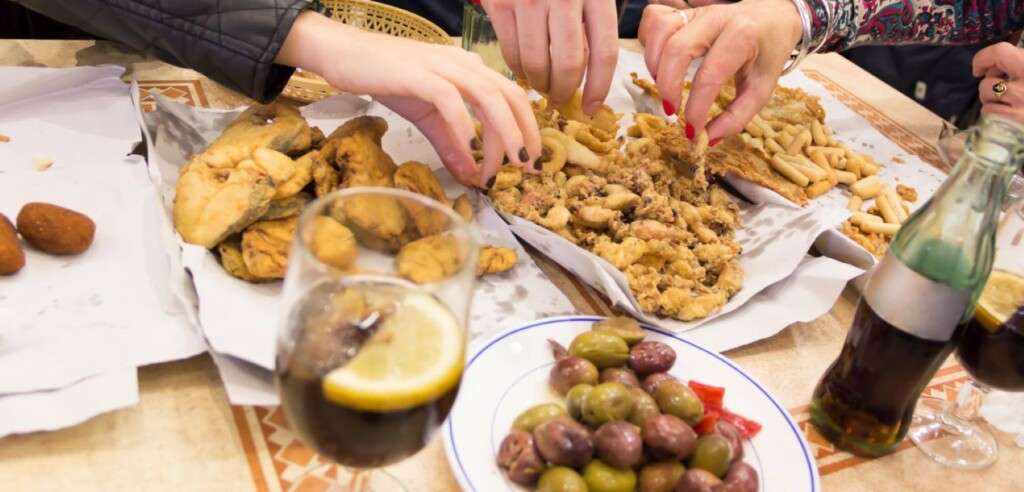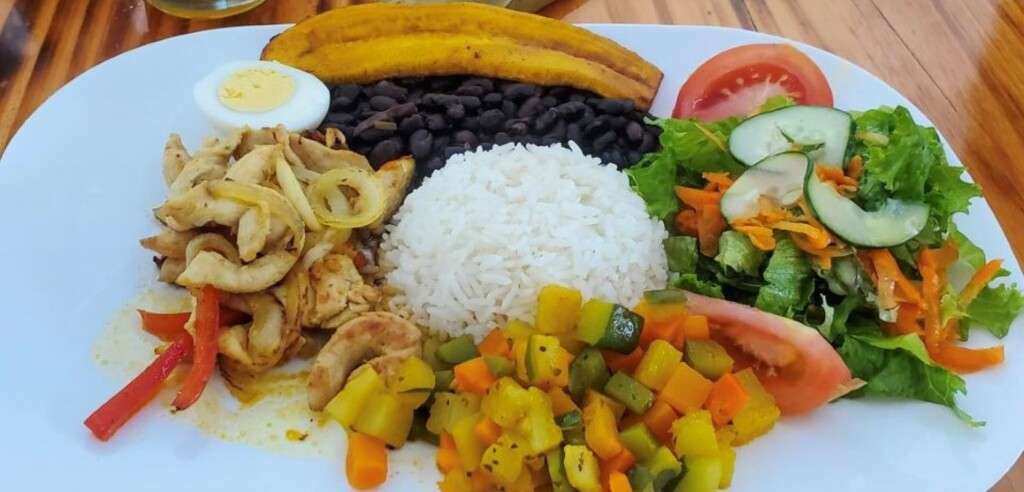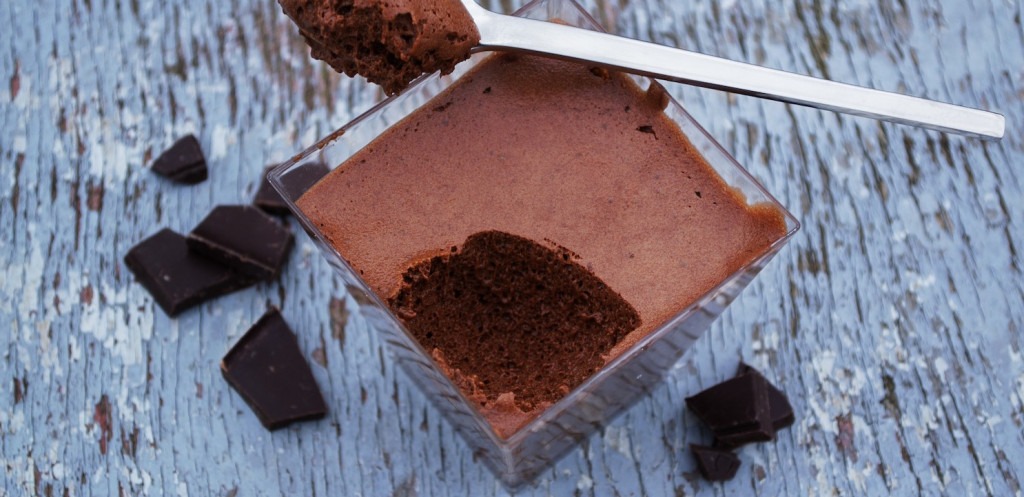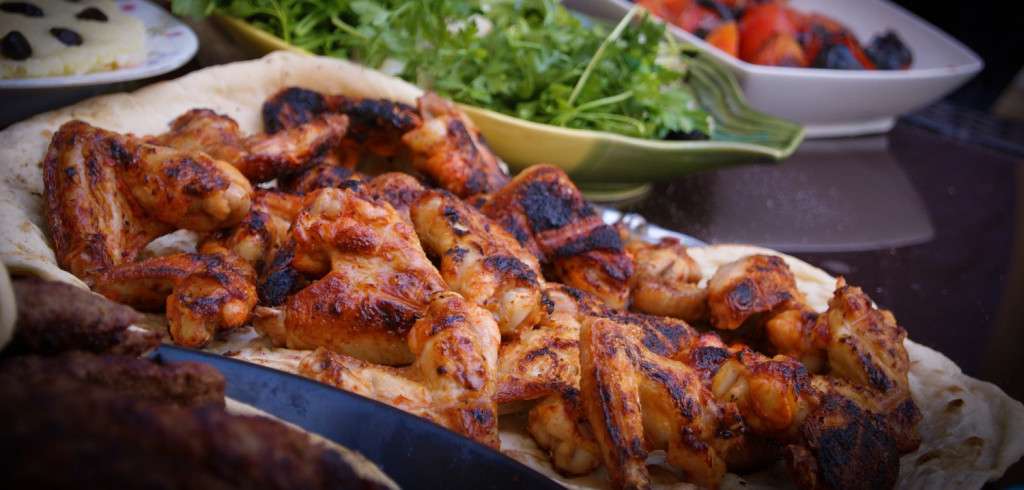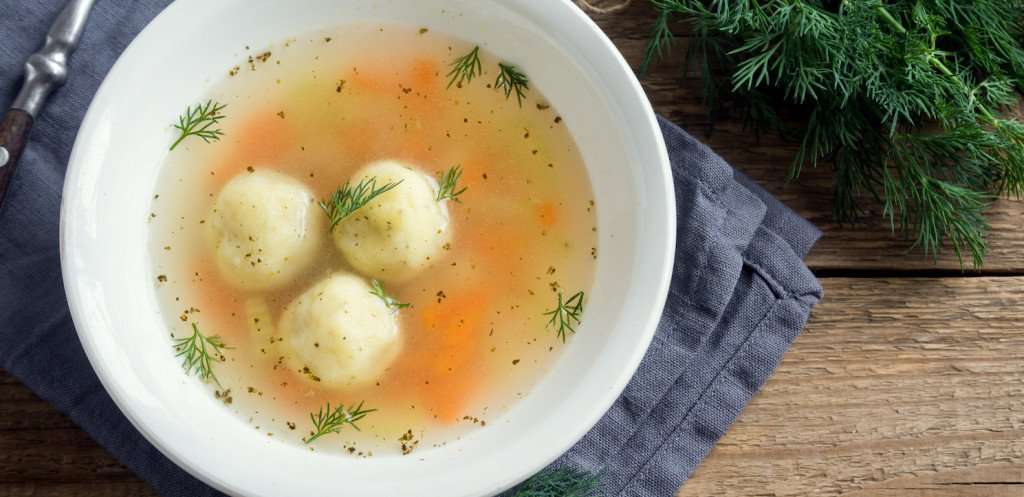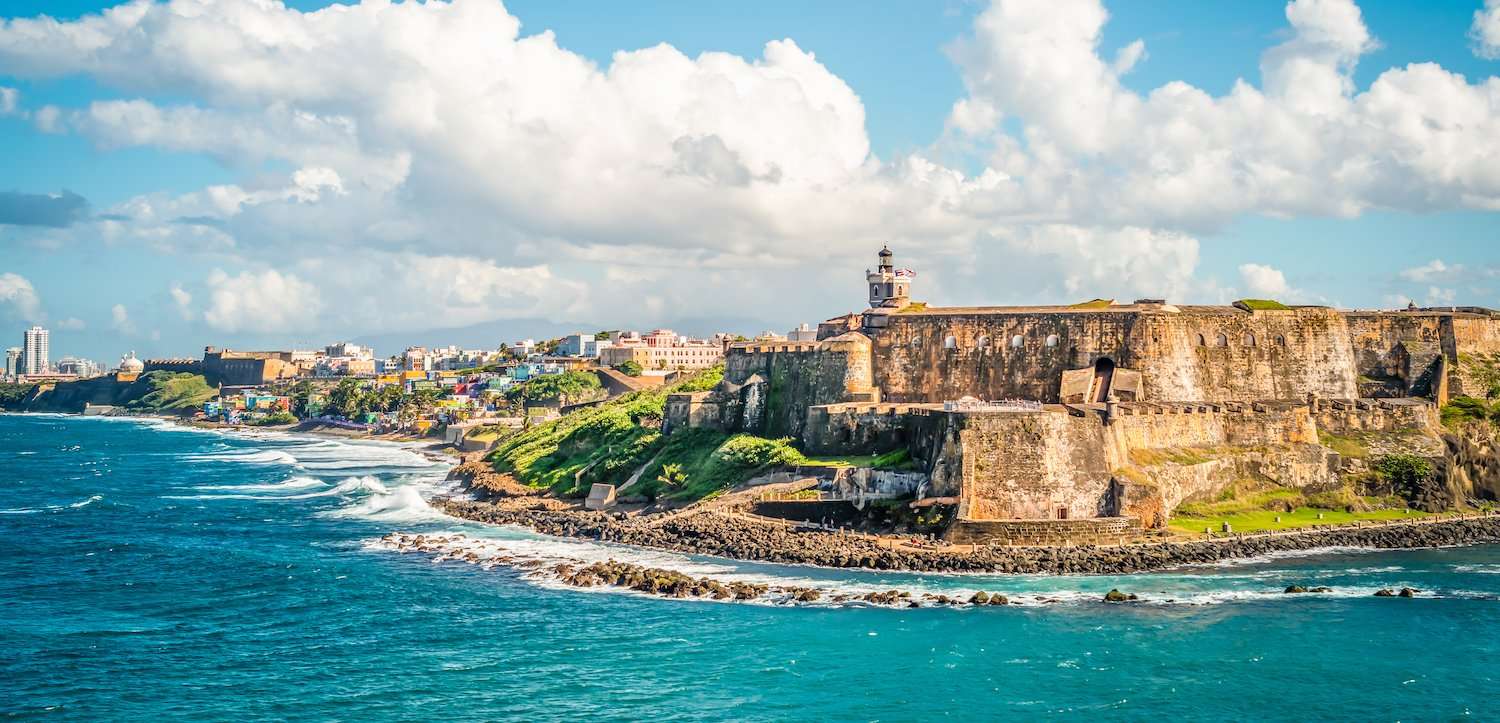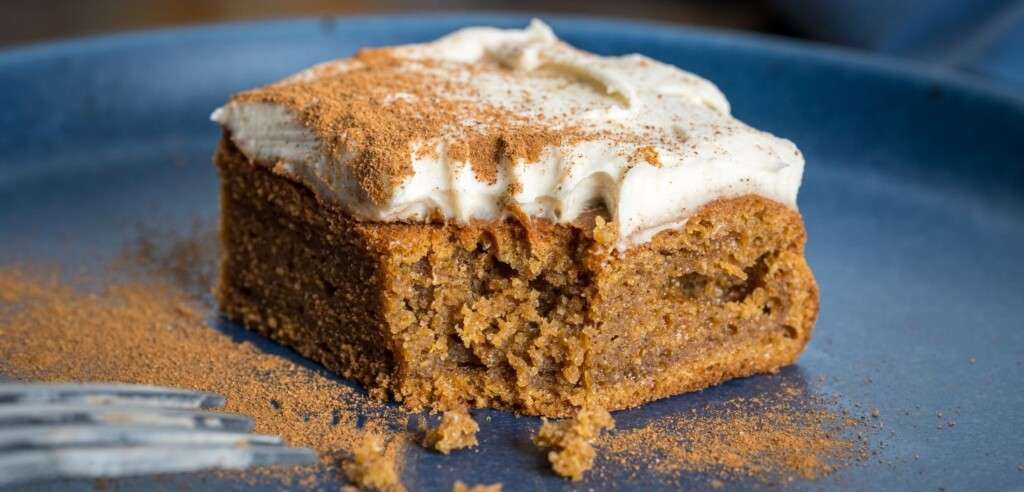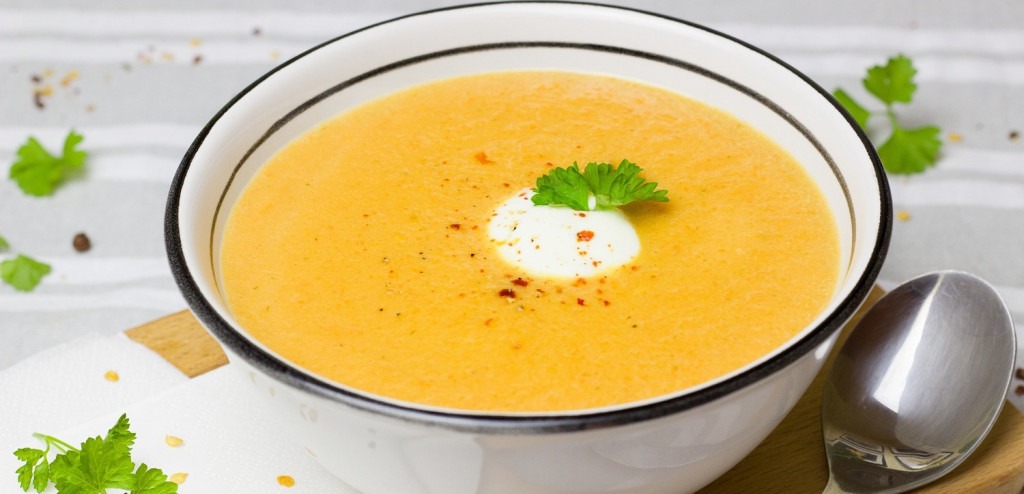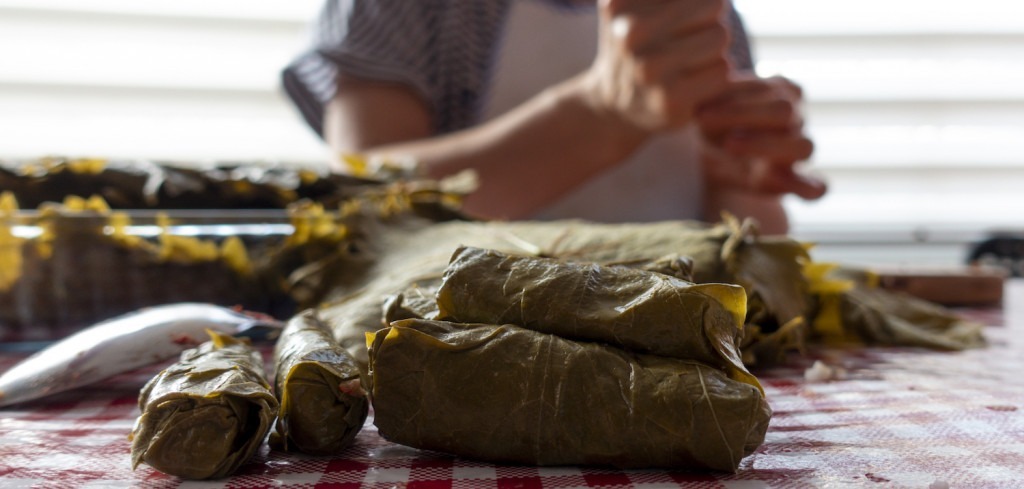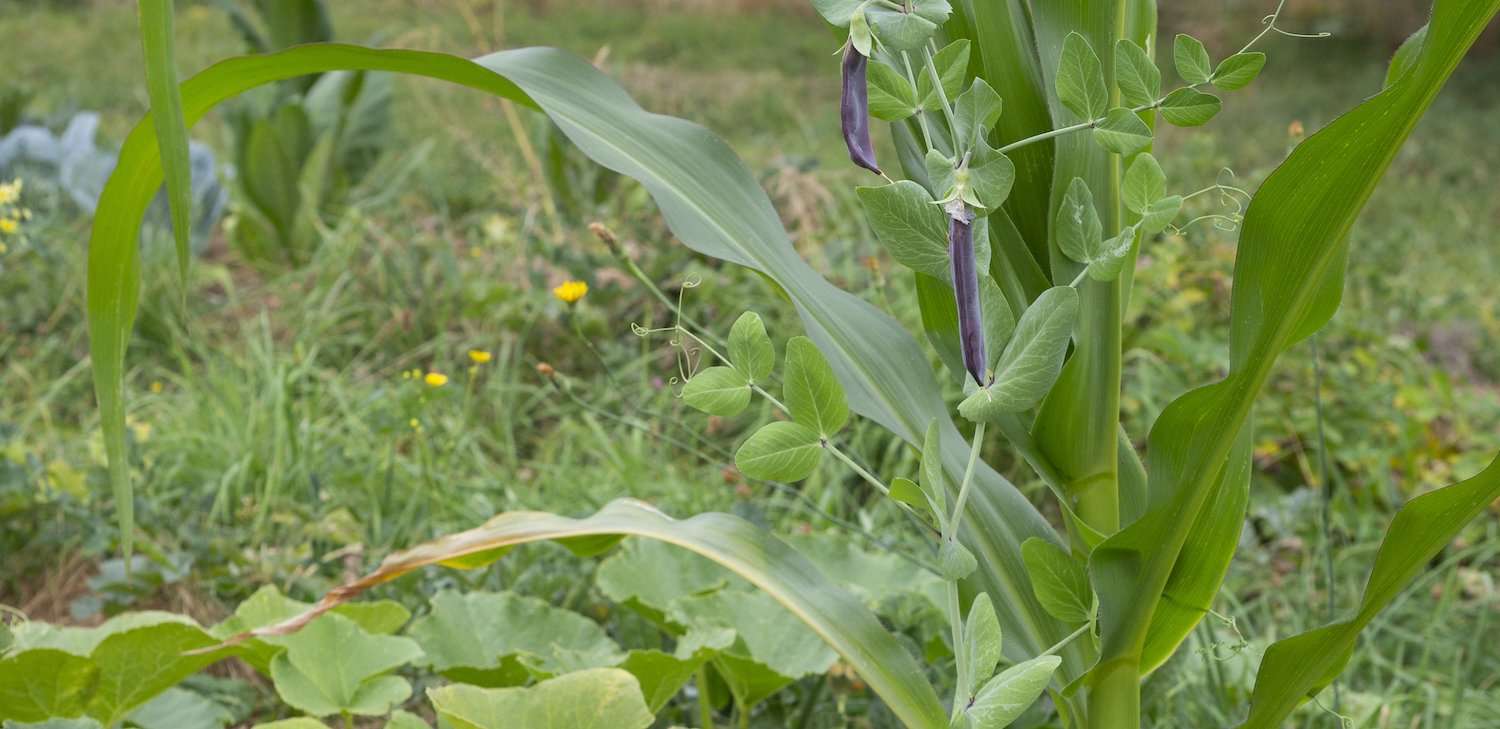
- The International Kitchen
- Blog
- Celebrating Thanksgiving with Three Sisters…Even If Your Family Is Far Away
Celebrating Thanksgiving with Three Sisters…Even If Your Family Is Far Away
-
-
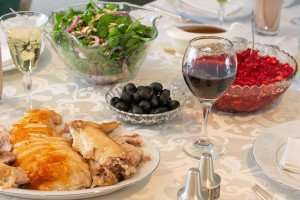 Whether you spend your thanksgiving celebrating in large groups for a traditional turkey dinner, or in small family units, there are three sisters we recommend you include as part of the day! And their names are…. corn, beans, and squash?
Whether you spend your thanksgiving celebrating in large groups for a traditional turkey dinner, or in small family units, there are three sisters we recommend you include as part of the day! And their names are…. corn, beans, and squash?
I think most Americans realize that the traditional Thanksgiving feast has little to do with the harvest that was first celebrated between Native Americans and Pilgrims in 1621. Frankly, since I’m guessing that meal wasn’t really very tasty, I wouldn’t want to try to recreate it. But are there other ways to rethink the traditional Thanksgiving meal?
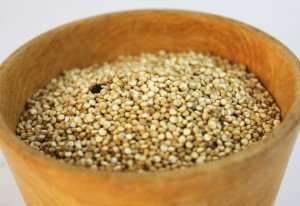
What Are Traditional North American Foods?
Could one create a Thanksgiving meal based solely on indigenous American foods? That sounds fun, but the fact is, the U.S. is huge, with incredibly varied ecology and agriculture from region to region. A dinner of indigenous foods in coastal Oregon will be quite different than one in Arizona or in the Dakotas.
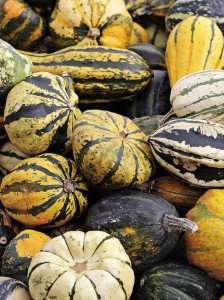 A quick bit of research into foods indigenous to North American reveals a few obvious items: squash, corn, wild fowl, beans. But from there things vary: from bison to salmon, from avocados to acorns, from cranberries to pawpaws, from wild rice to amaranth – the diversity is indicative the enormous size of this country.
A quick bit of research into foods indigenous to North American reveals a few obvious items: squash, corn, wild fowl, beans. But from there things vary: from bison to salmon, from avocados to acorns, from cranberries to pawpaws, from wild rice to amaranth – the diversity is indicative the enormous size of this country.
Fortunately, we live in a gastronomic period in which “local” is all the rage. Local farmers’ markets, Community Supported Agriculture (CSAs), food historians, and heirloom seed collectors have helped us embrace the idea of understanding and reclaiming the foods that were originally gathered, hunted, or cultivated in our own local area.
Missing Your Sisters This Thanksgiving?
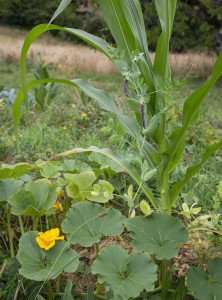 So what to make for Thanksgiving if you want a truly local meal? That will depend on your region, but one that hails from much of the country is some version of a “Three Sisters” dish.
So what to make for Thanksgiving if you want a truly local meal? That will depend on your region, but one that hails from much of the country is some version of a “Three Sisters” dish.
The “Three Sisters” are traditionally corn, beans, and squash, and they have been planted together for centuries in a symbiotic relationship in which each plant helps the others survive and thrive. (Learn more here.) This type of permaculture garden is as old as cultivation in itself, and, as we gradually understand the impact our carbon footprint has on the earth’s climate, is increasingly recognized for its innate benefits.
You can celebrate this mutually beneficial type of native cultivation in a variety of different dishes. It could be a corn and bean chowder served in a squash bowl. It might mean roasting the last of the fall’s corn over the fire and adding it to red beans stewed with acorn squash. Or, how about squash and bean tacos served in homemade corn tortillas?
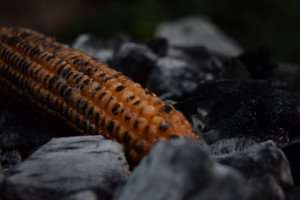 Want to learn more about indigenous foods and native recipes from North America? Our friend Chef Mark (from our Cuisine & Culture of Provence tour) has worked with his chapter of Slow Food to promote recipes from Native Nations all over the U.S. The result is a great mix of recipes you can try for your Thanksgiving, or any time of year.
Want to learn more about indigenous foods and native recipes from North America? Our friend Chef Mark (from our Cuisine & Culture of Provence tour) has worked with his chapter of Slow Food to promote recipes from Native Nations all over the U.S. The result is a great mix of recipes you can try for your Thanksgiving, or any time of year.
We’re still debating the Thanksgiving menu for this year in our house. What about in yours? Will you take the plunge and try a Thanksgiving made up of indigenous foods? Will you opt for the more traditional turkey and stuffing? Or do you plan to go in a completely different direction?
Sign up to Receive Our Newsletter
As well as travel tips, promotions, and information on our best cooking vacations.
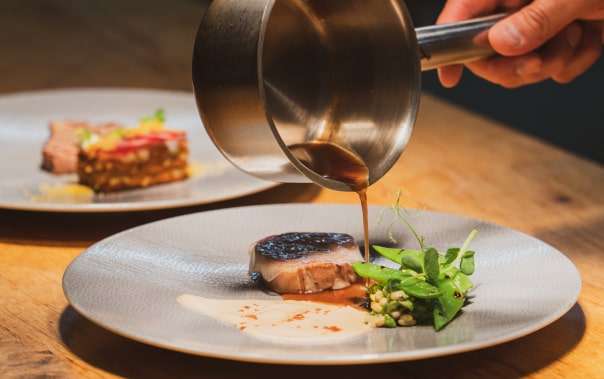
blog
Related Blog Posts
recipes

